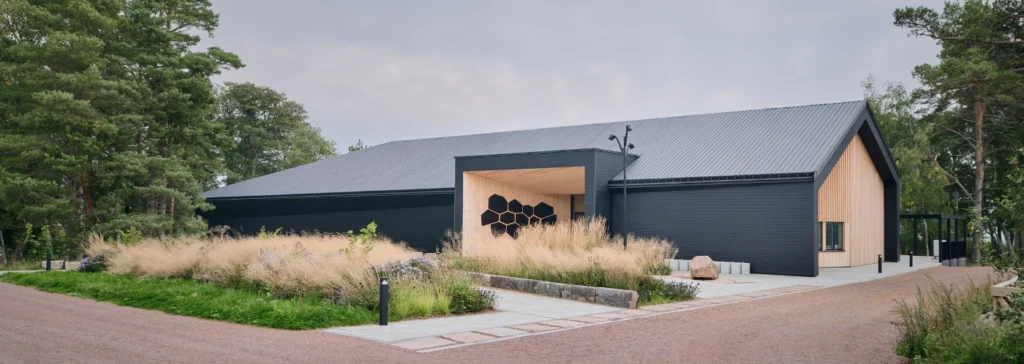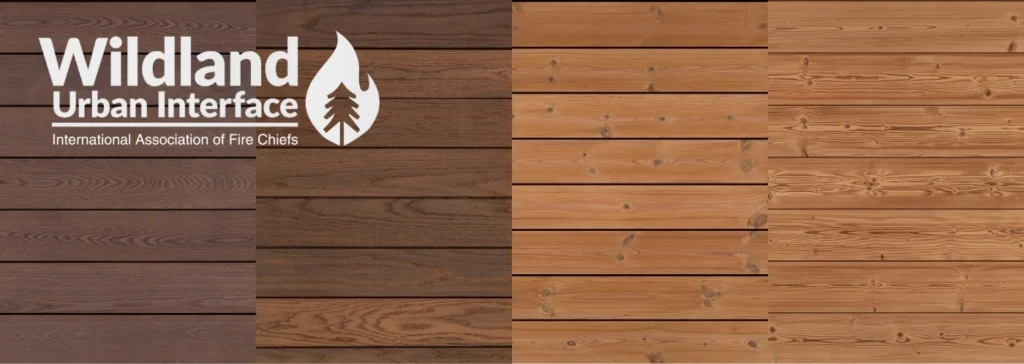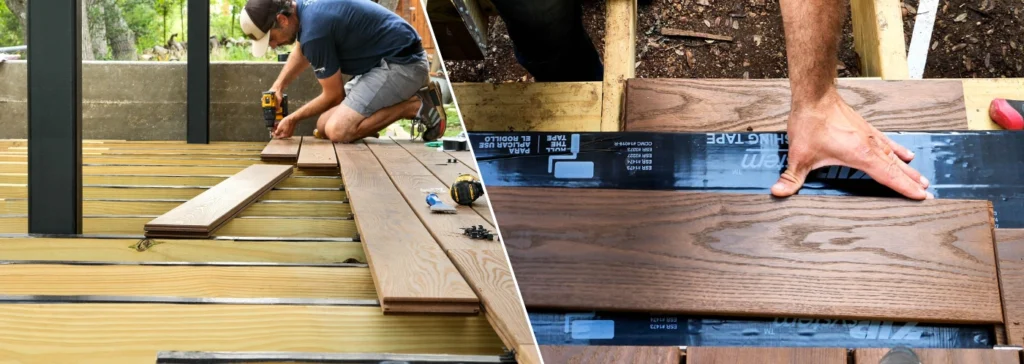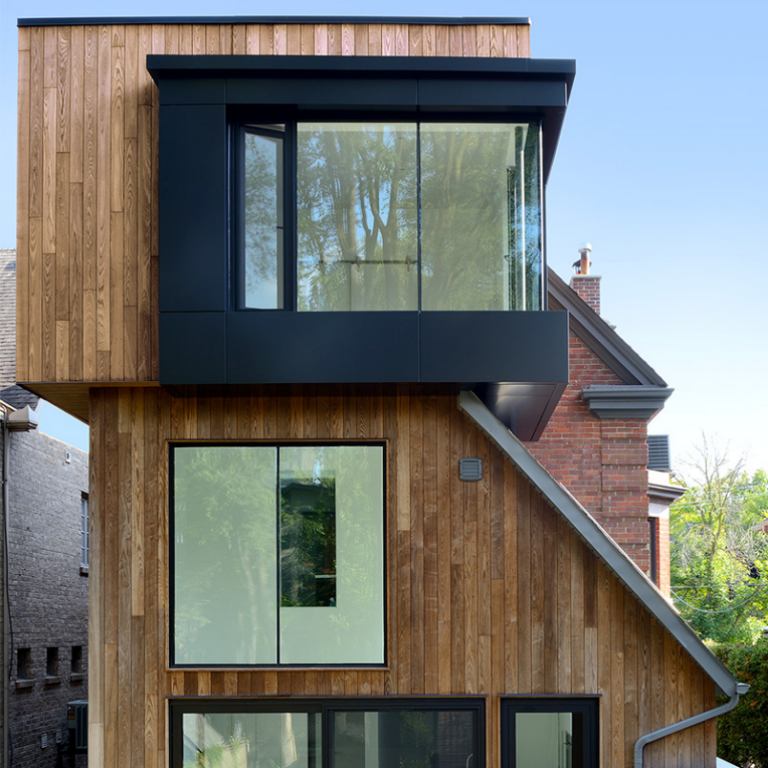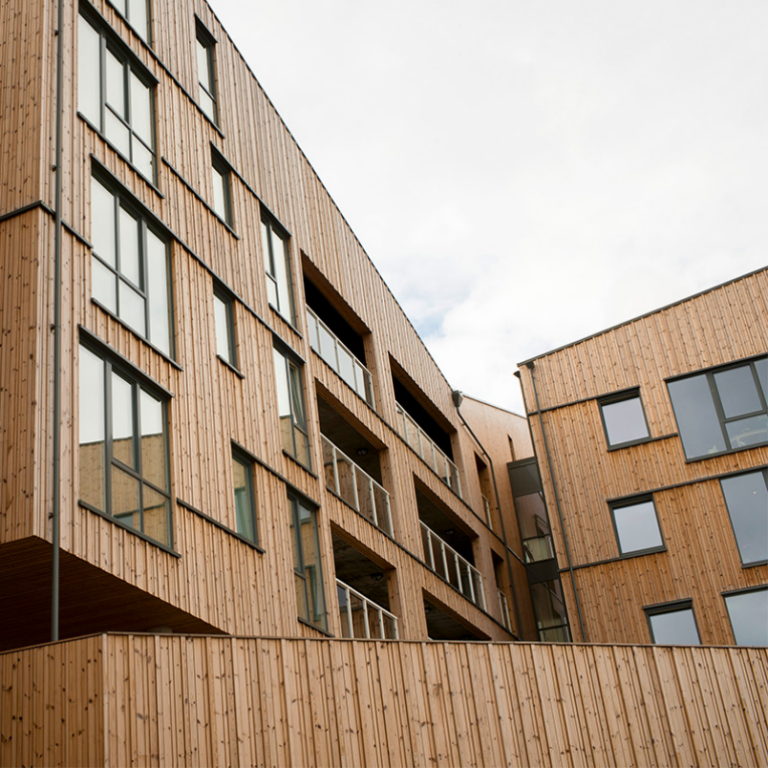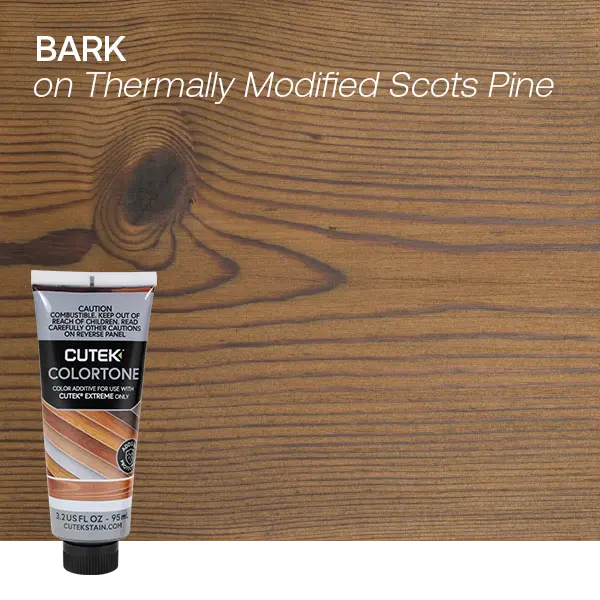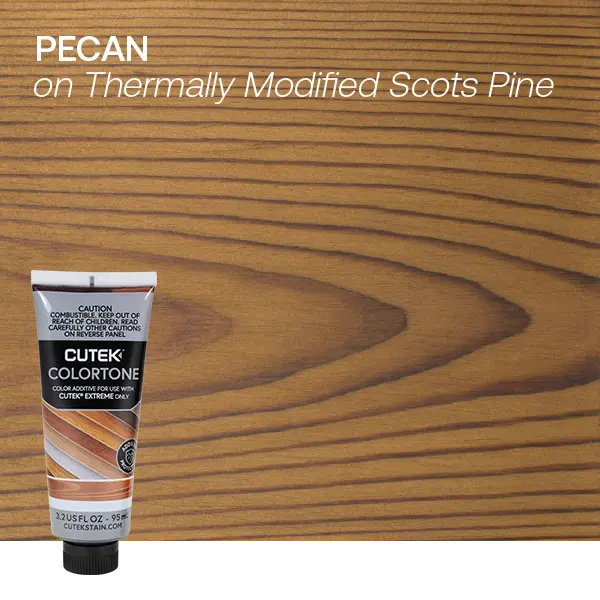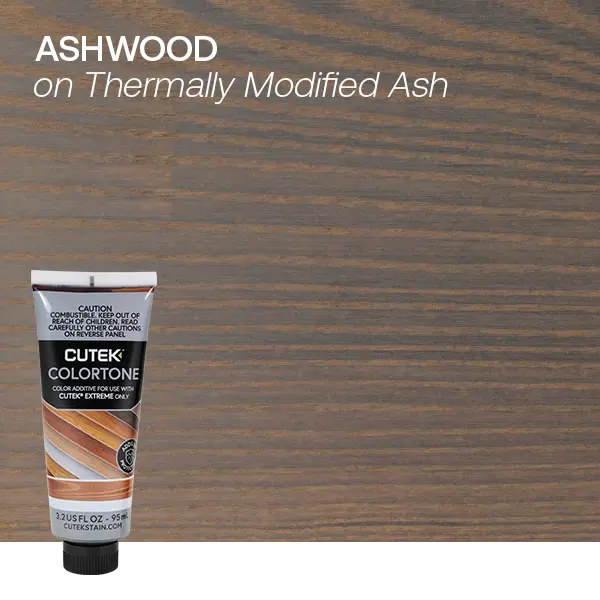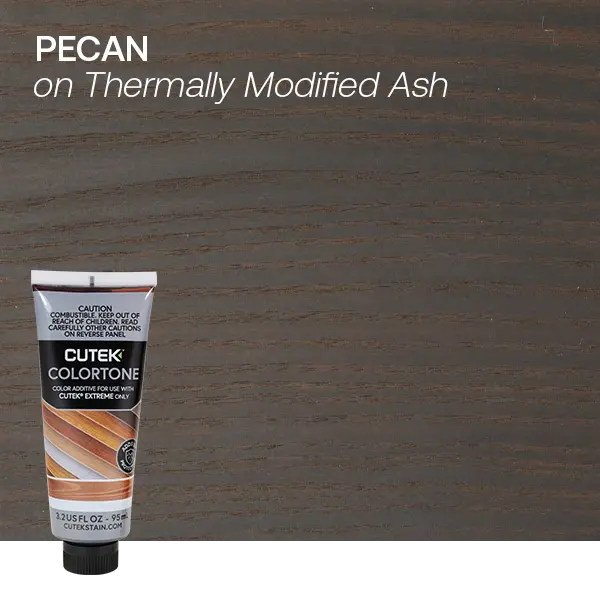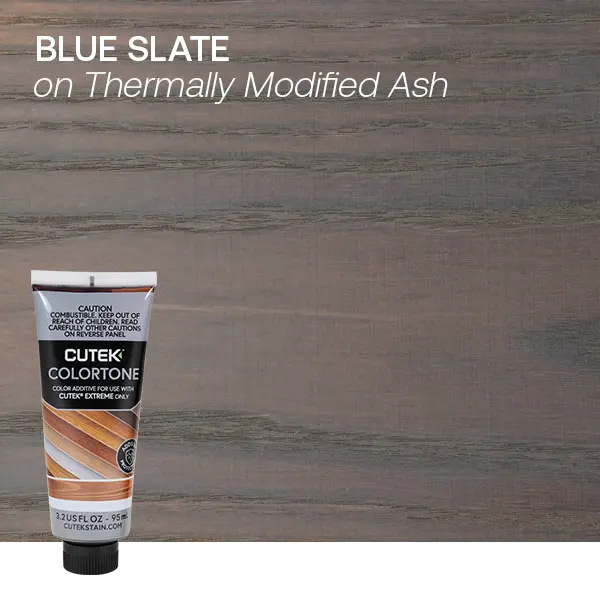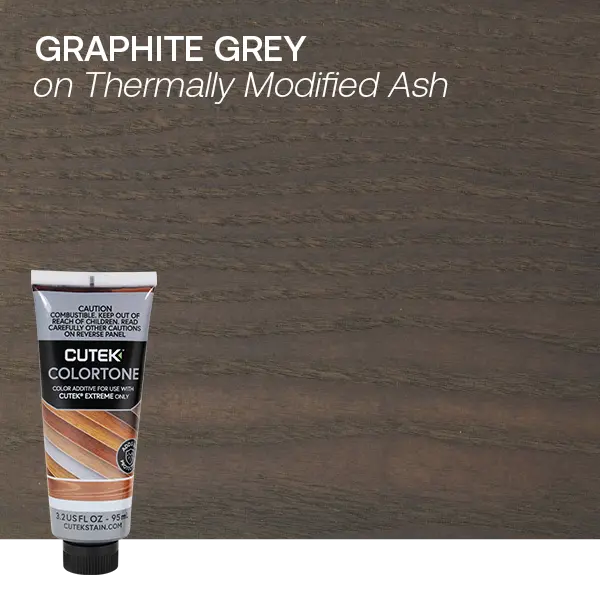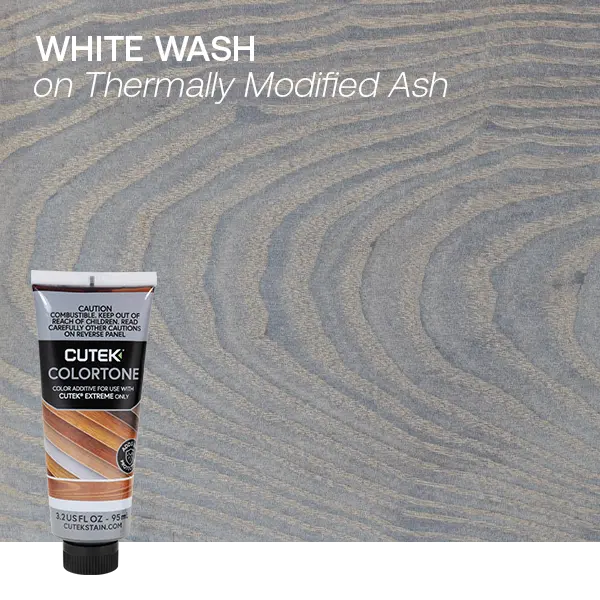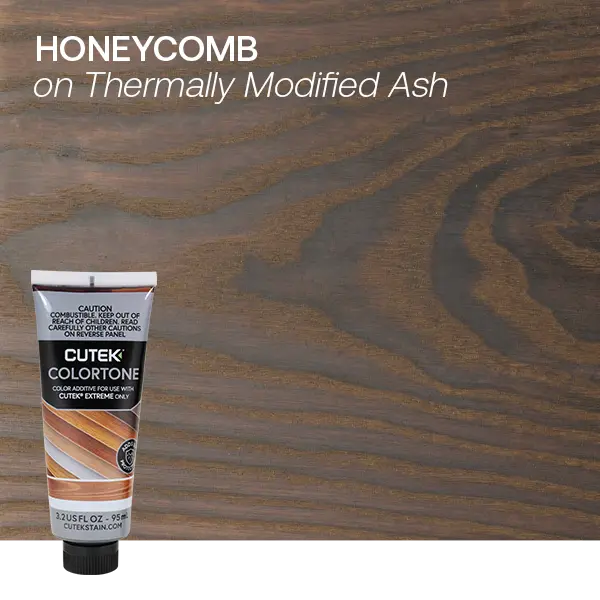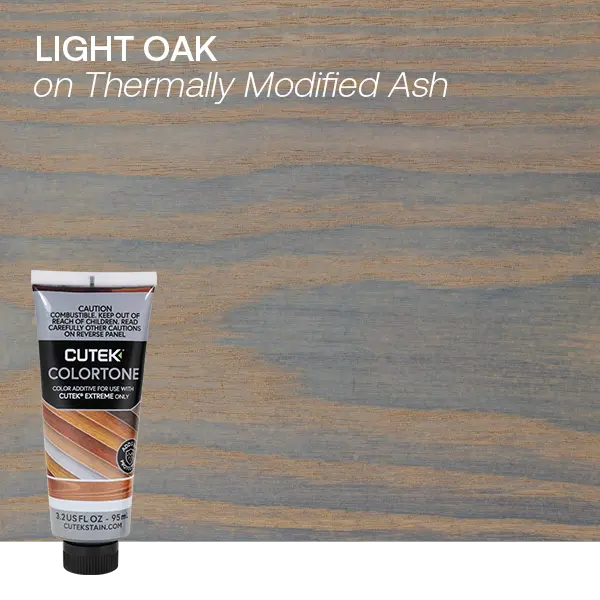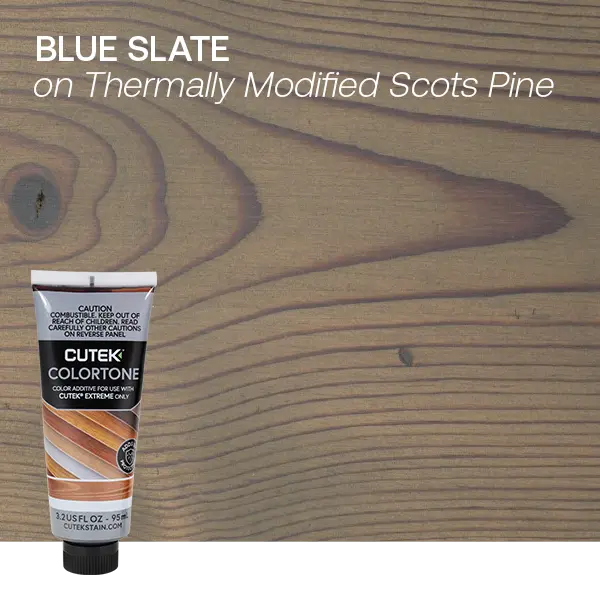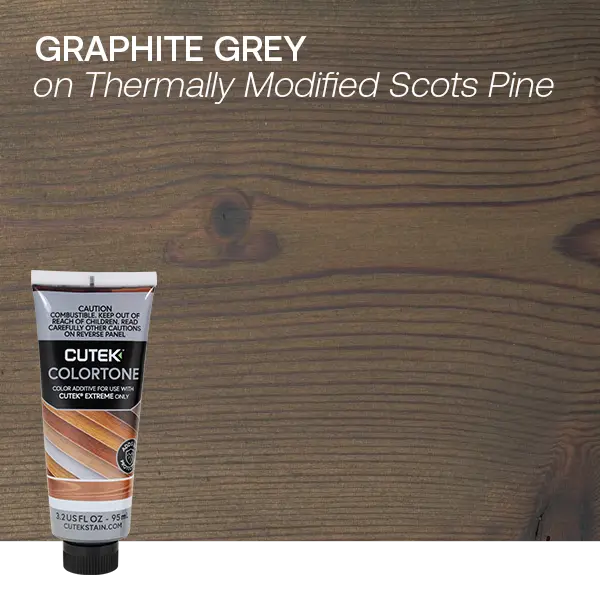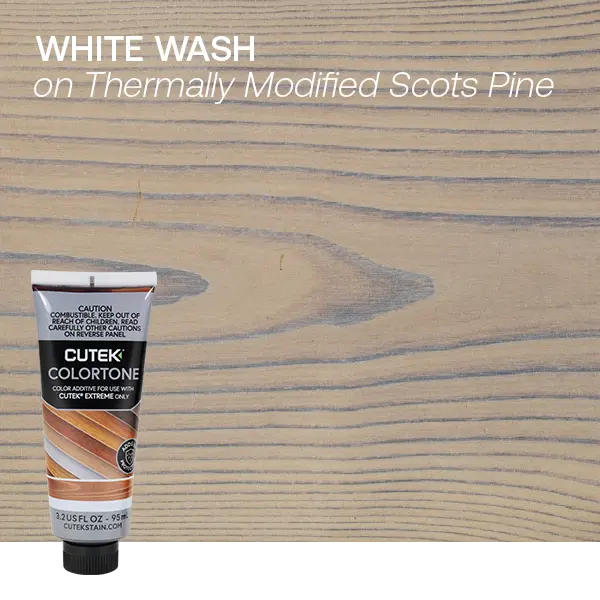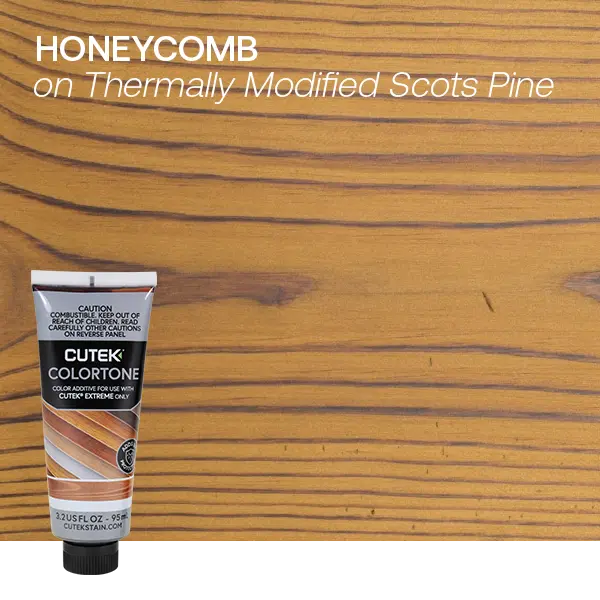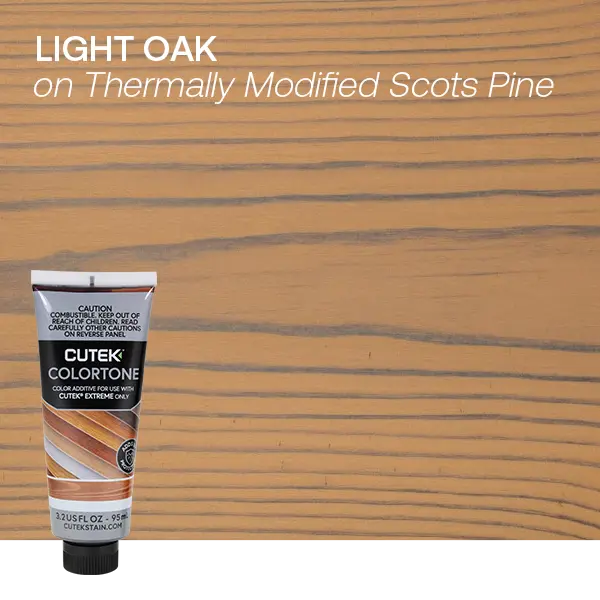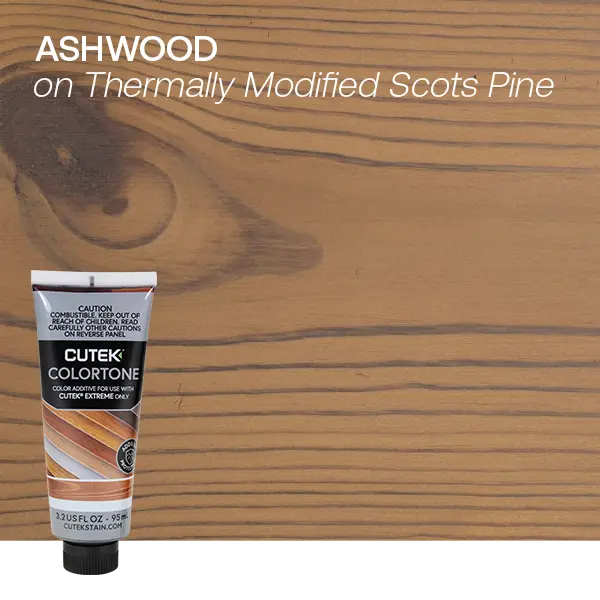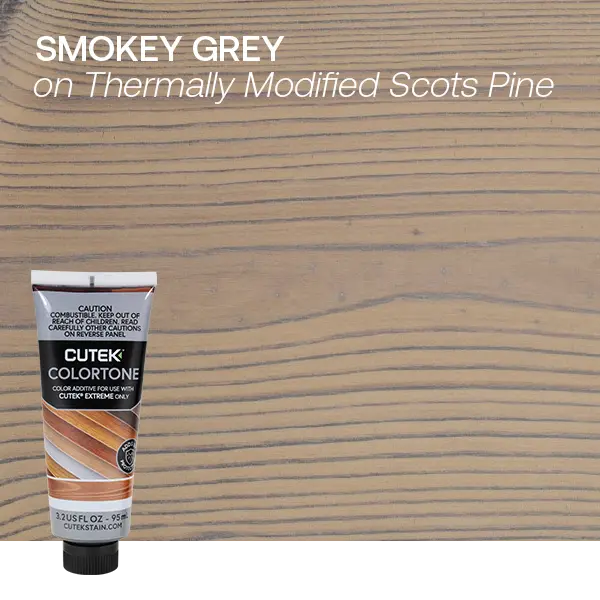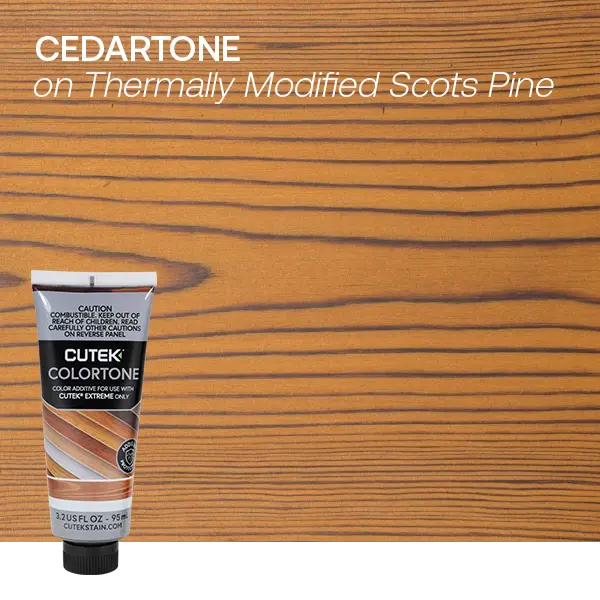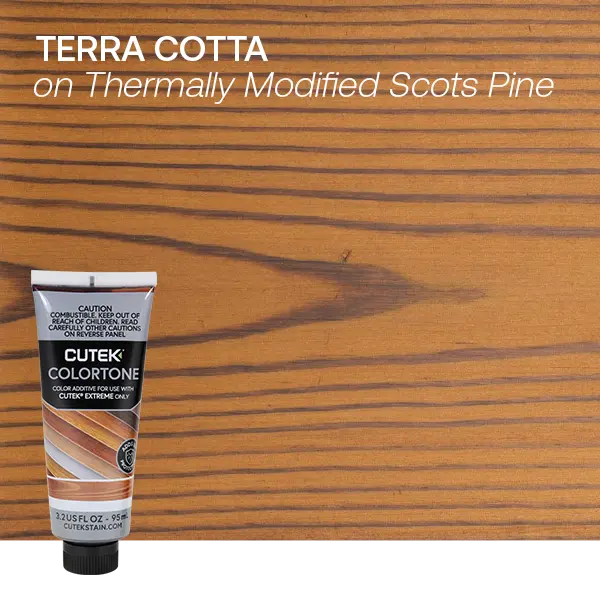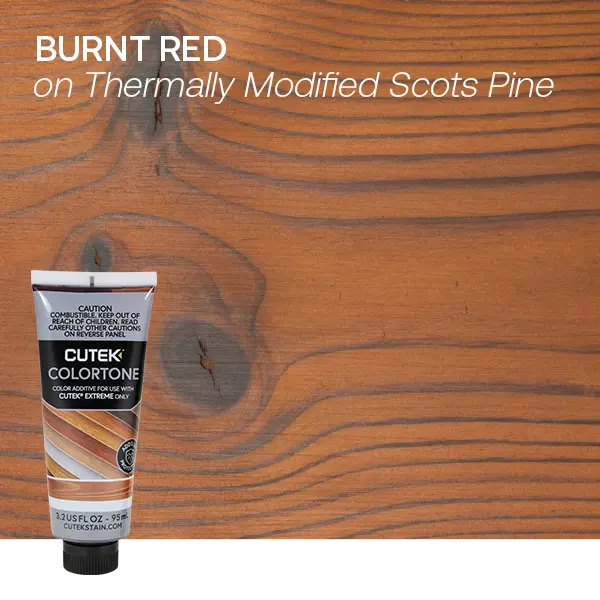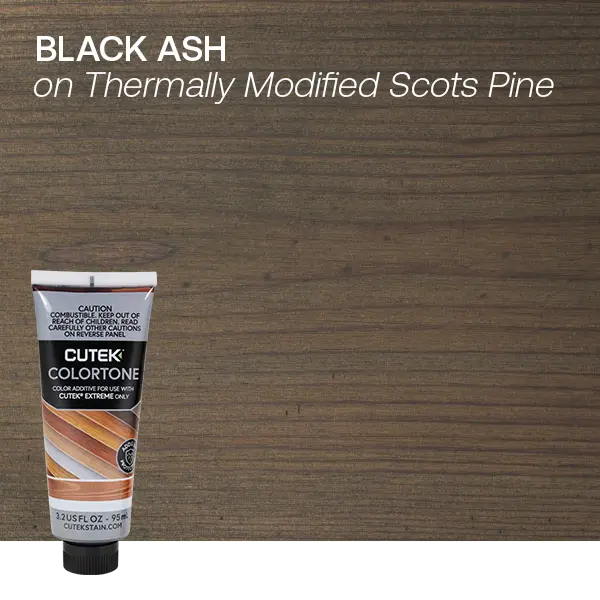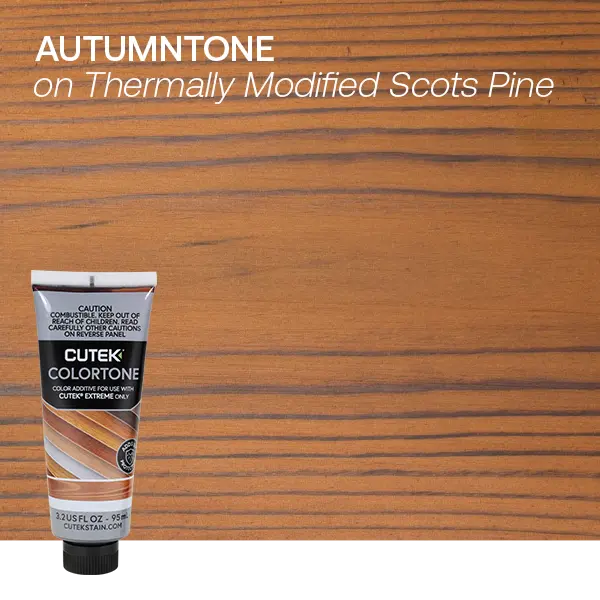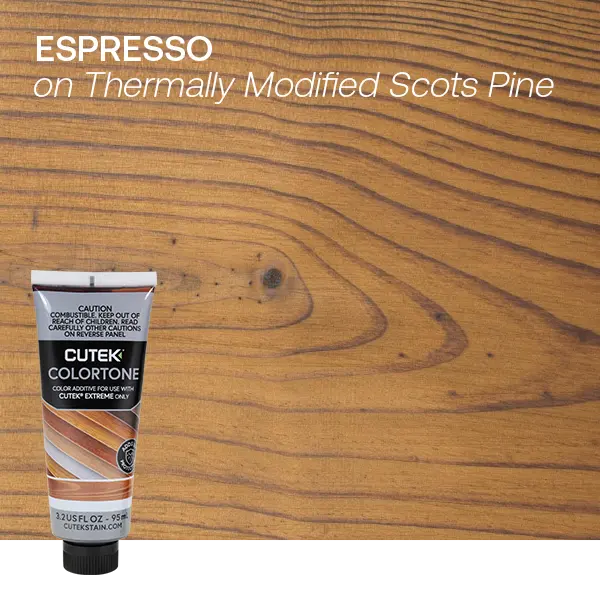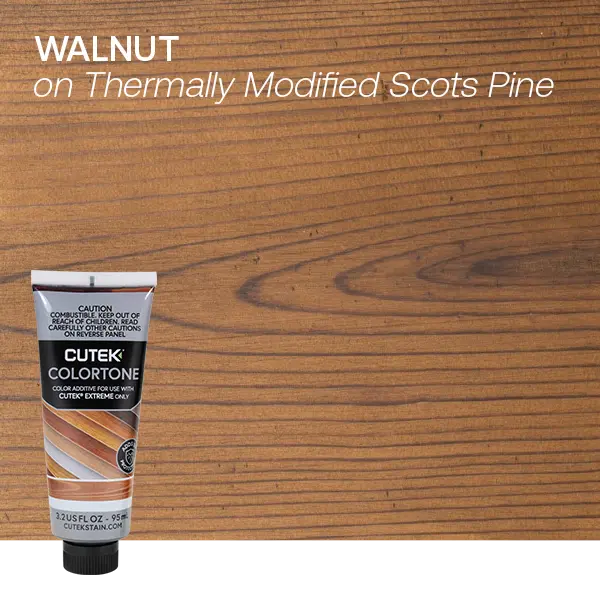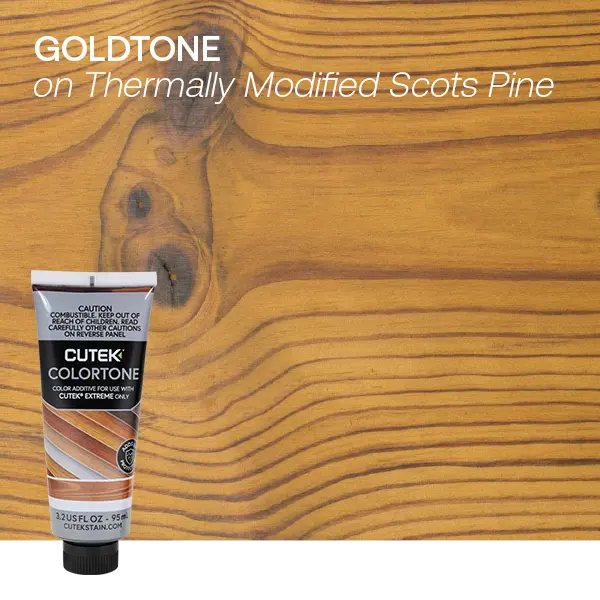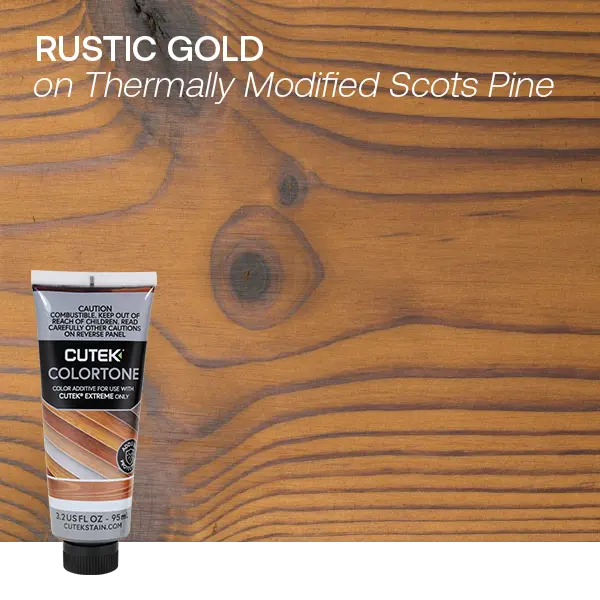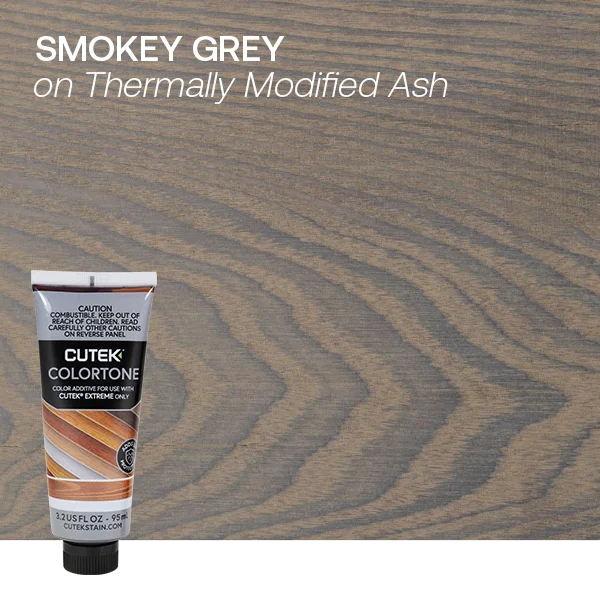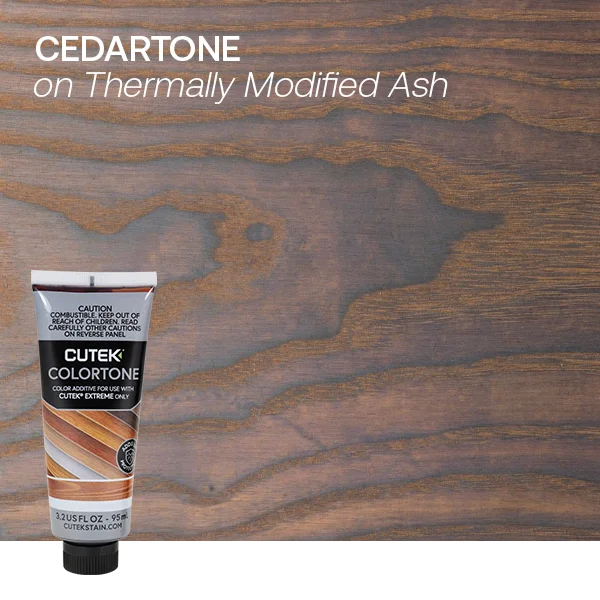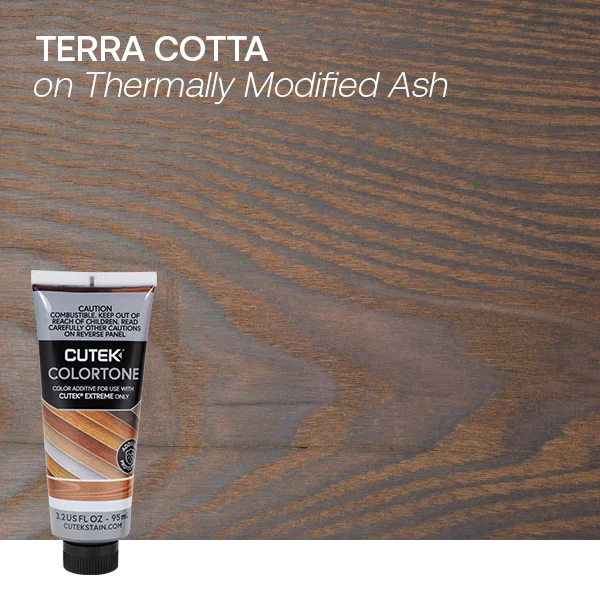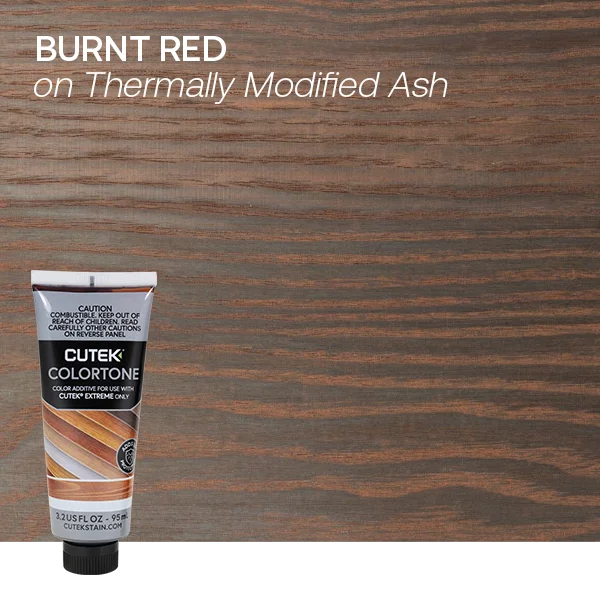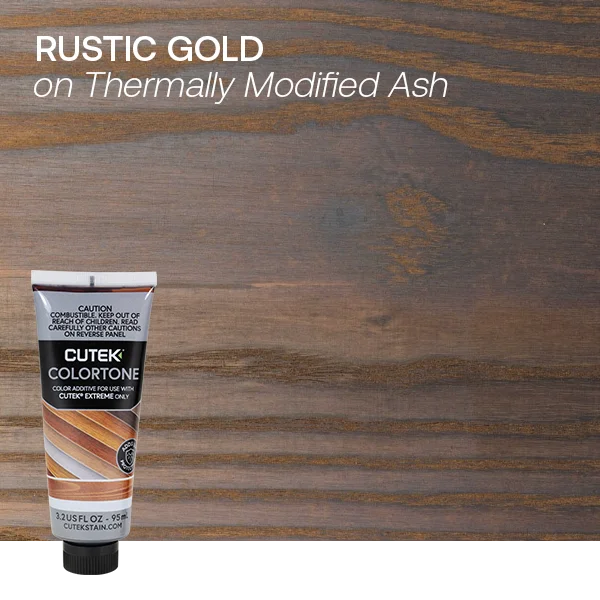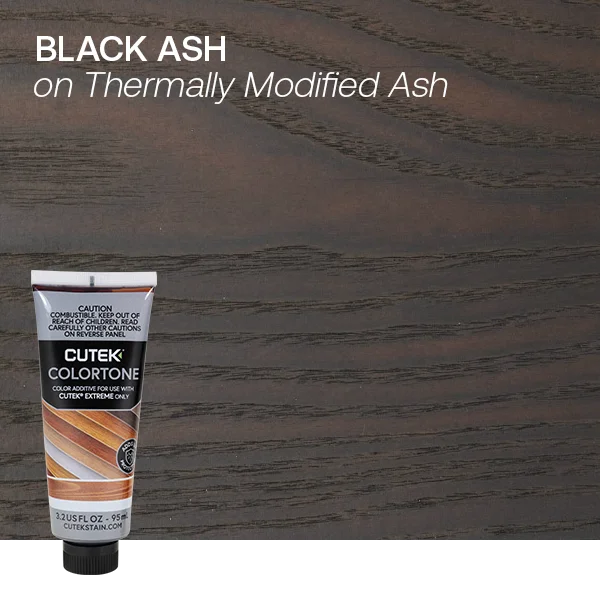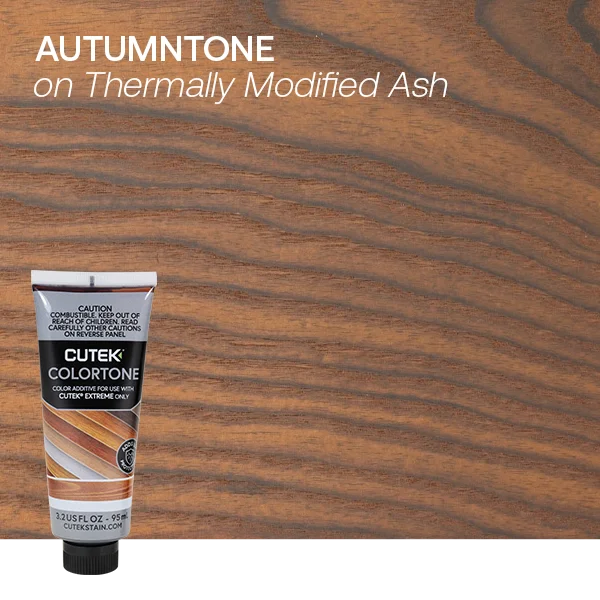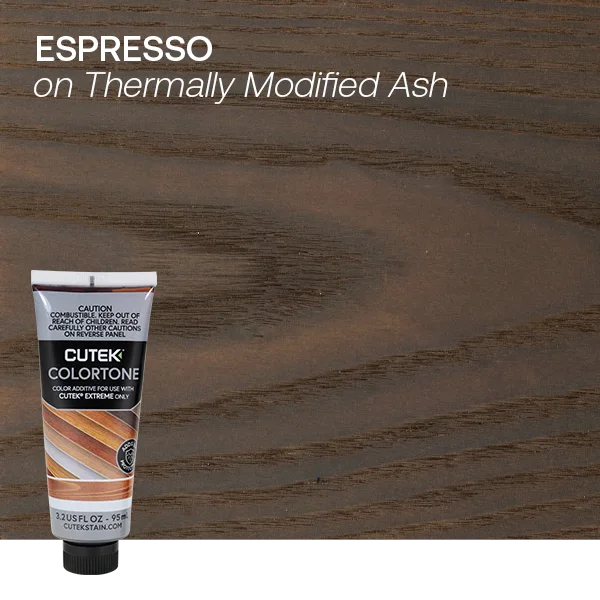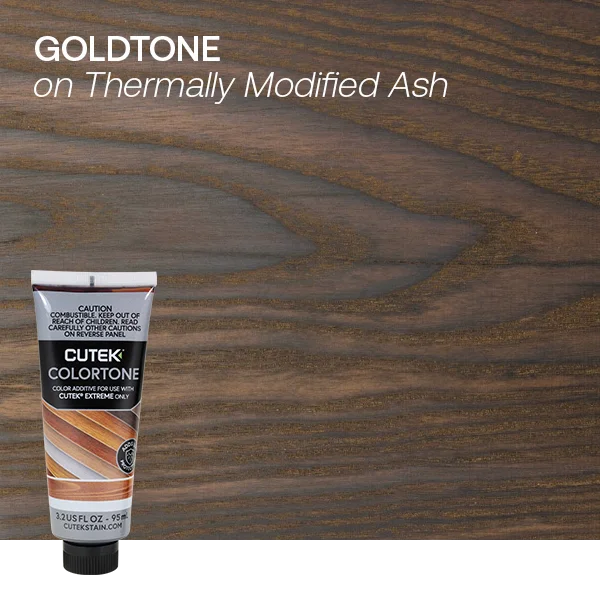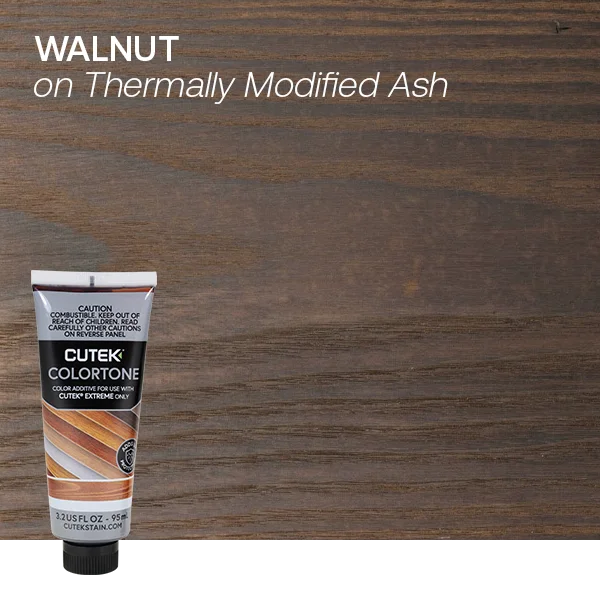Regardless of your location, selecting decking or cladding material requires careful consideration of how it will weather over time. When building with real wood, heat and humidity affect its cellular integrity, particularly in harsh environmental conditions, which can lead to long-term damage.
So how does Thermory hold up in extreme climates? We get that many of you want something durable, wherever you’re at. We’re here to give you the information and hopefully spark some big ideas, so you can dream up and design your latest Pinterest save, with fewer obstacles holding you back.
Thermory isn’t like other wood. It’s better.
Our thermal modification process reduces the wood’s moisture content, which commonly causes warping, shrinking, expanding, or splitting. With Thermory, you not only benefit from rot resistance but gain a lightweight, easy-to-work-with product with minimal thermal expansion. We begin with kiln-dried wood, then use a combination of heat and steam to eliminate the sugars that can invite rot-causing fungi and insects. This process alters the wood’s molecular structure, making it less appealing to pests.
Thermory in Extreme Climates
The weather affects everything made of wood. So how does Thermory perform in your Climate?
Wintery Climates
Canada experiences the four seasons, ranging from snowy, cold winters to hot, humid summers. You can expect Thermory boards to maintain dimensional stability due to our thermal modification process. With the fluctuation of temperature throughout the year, from 14 degrees Fahrenheit ( -10 degrees Celsius ) to 100 degrees Fahrenheit ( 37 degrees Celsius ), the average wood product will become brittle, causing splitting or cracks to warping. Thermory’s products maintain their structural integrity, lessening the possibility of warping and rot.
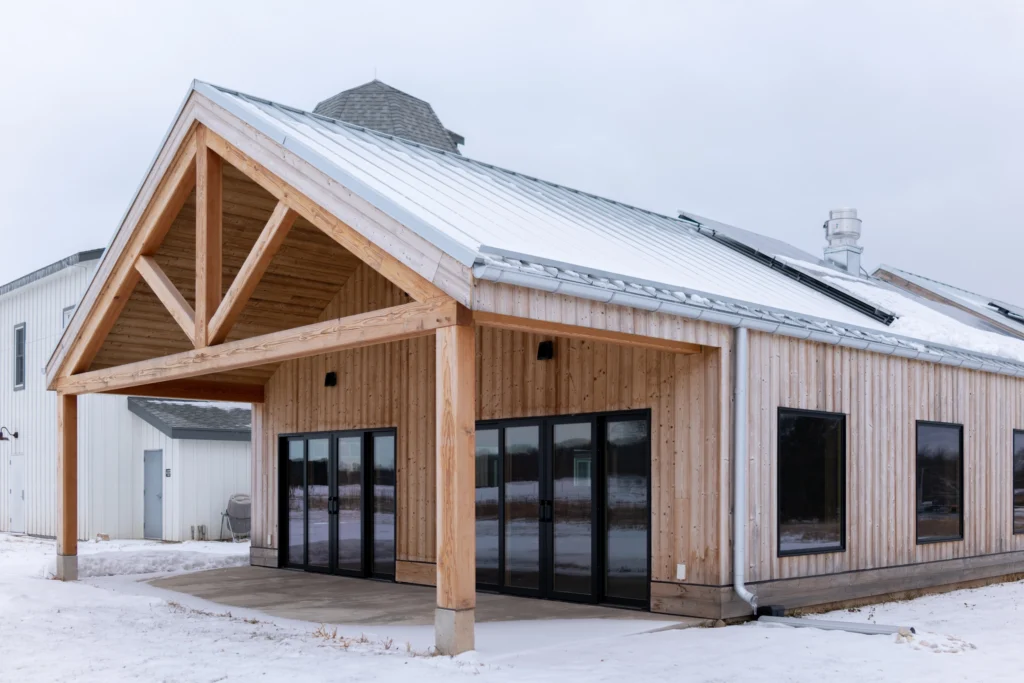
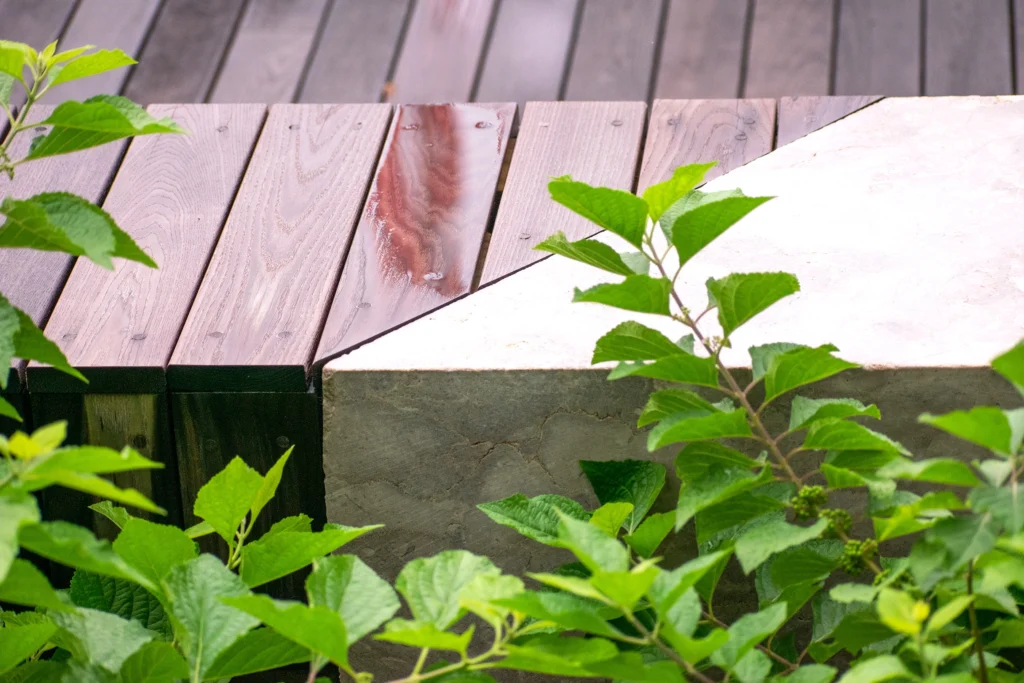
Humid and Rainy Climates
According to our rep for the Pacific Northwest, Steve Butler, “Thermory is ideally suited for the [this area]. Precipitation levels are high, and it rains frequently. The high humidity and ‘”wet’” climate set the stage for traditional wood products to decay at an accelerated rate.” Butler notes that Thermory decking and cladding products are particularly attractive options in the Pacific Northwest due to their decades-long resistance to rot from pests and moisture. For additional moisture resistance, applying a penetrating oil to your Thermory decking or cladding can further increase its longevity. Rainscreens also are a highly effective technique in safeguarding your cladding projects against moisture penetration. A rainscreen is a double-wall system, comprised of siding separated by furring strips to create an air gap, alongside a sheath.
Dry, Desert Climates
With the high heat and direct sunlight, the desert can be taxing the performance of wood. The rapid temperature changes from day to night can cause woods to expand and contract, leading to splits. However, unlike most wood, Thermory can remain stable in this environment. For places like Las Vegas, Nevada, Thermory stays cool to the touch in the heat making it an ideal decking material.
Additionally, Las Vegas is exposed to intense sunlight, and Thermory may silver at a fast pace. If you are looking to maintain the richness of the natural brown color, we recommend applying a penetrating UV-protectant oil to keep its hue. Thermory is a stable wood product that can be used anywhere, providing dimensional stability and reducing concerns around rot, warping, shrinking, or splitting no matter where you live. Our wood has been rated for 20 to 25 years of rot resistance, depending on the species, while other products may have to be treated annually or completely replaced every five to ten years.
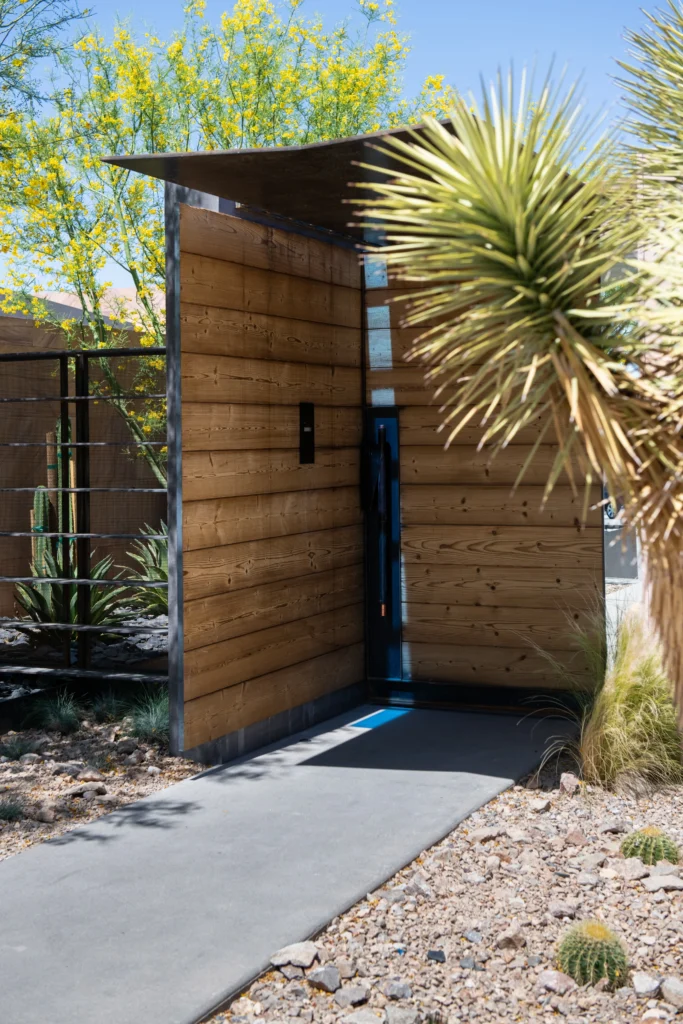
Architects and contractors seek the dimensional stability of real wood products that can be used in outdoor environments like the snowy north, rainy Pacific Northwest, and dry, arid Nevada. Wherever you are, Thermory stands ready to support you in bringing your project to life.
Image Credits: Elvo Jakobson. Shane O’Donnell. YE-H Photography. Tia Sinclair-Kemp. MSD Clear. DTLS Landscape Architecture. Greenline West | Blue Heron Vegas.
